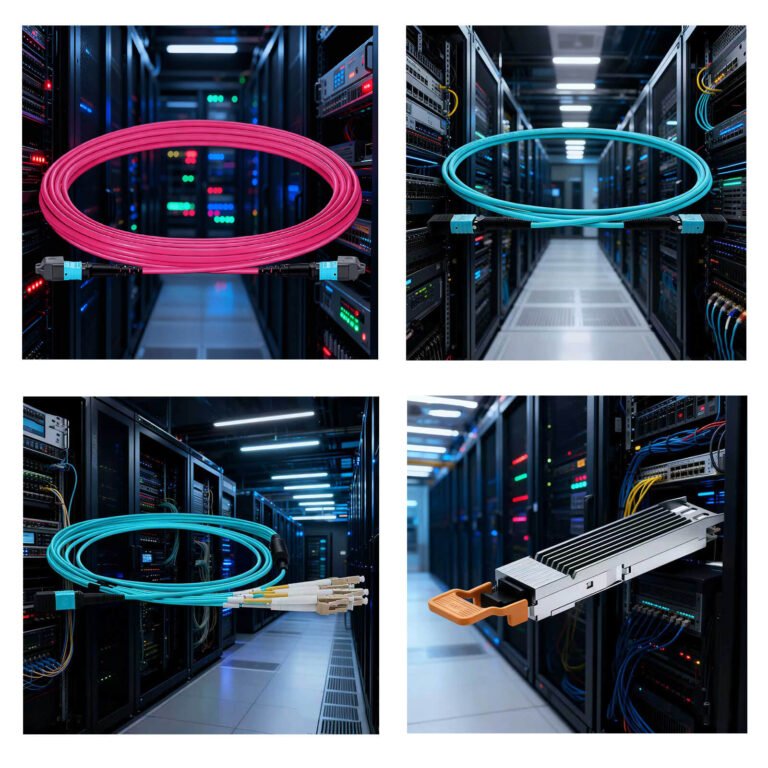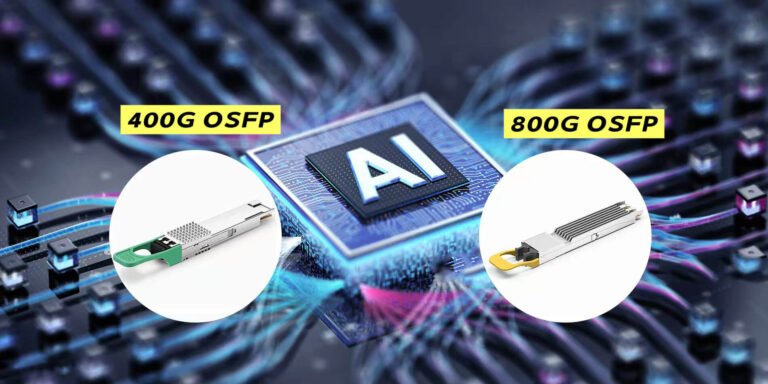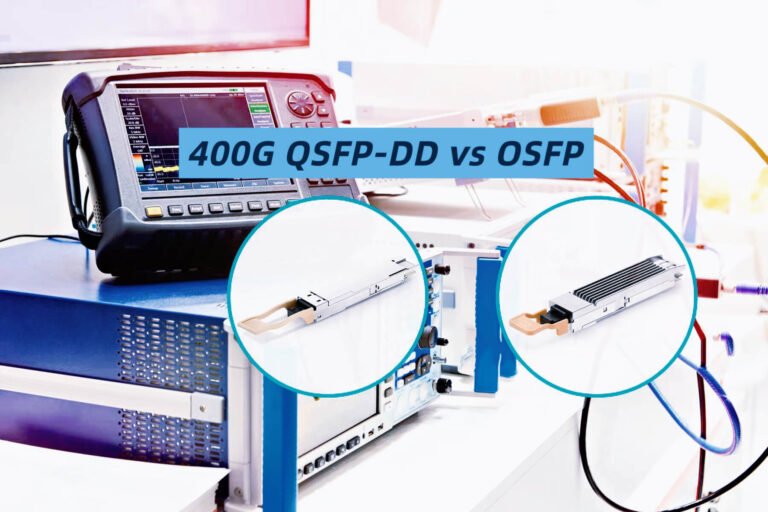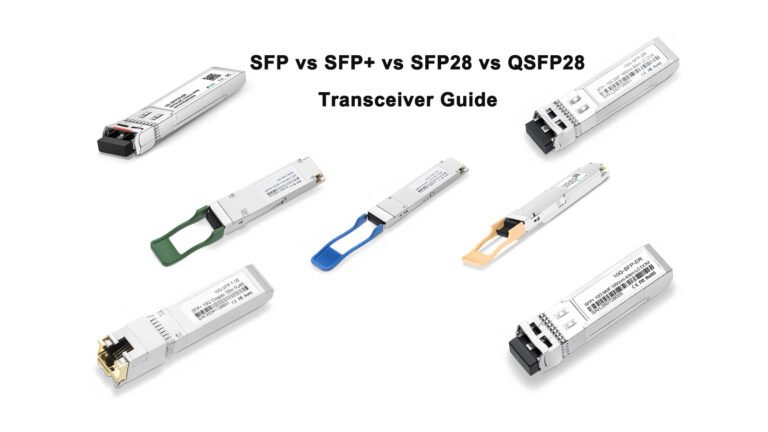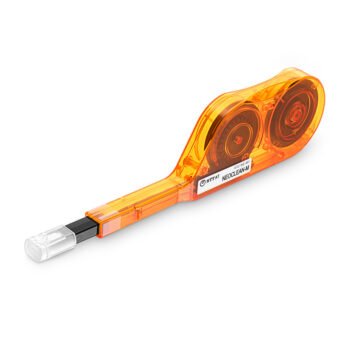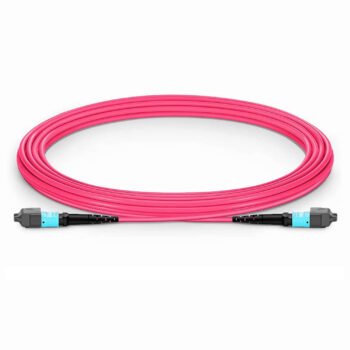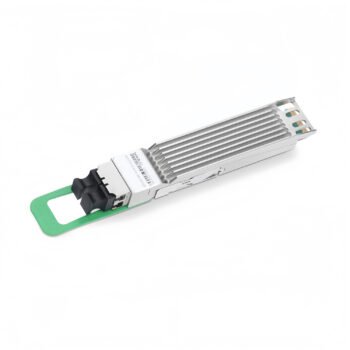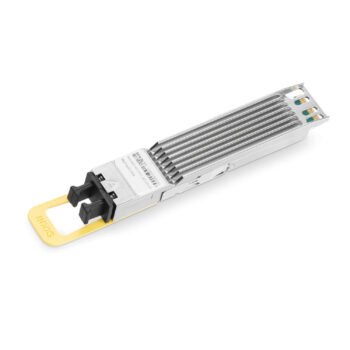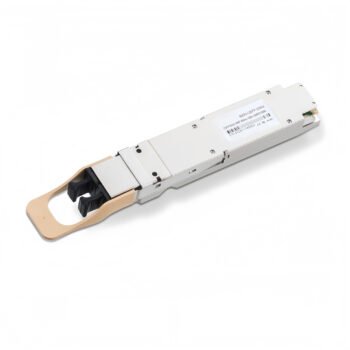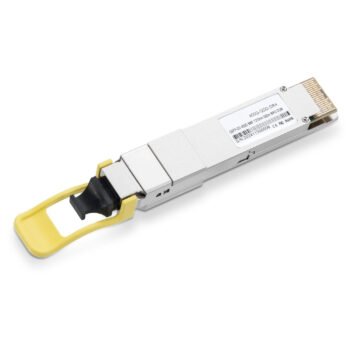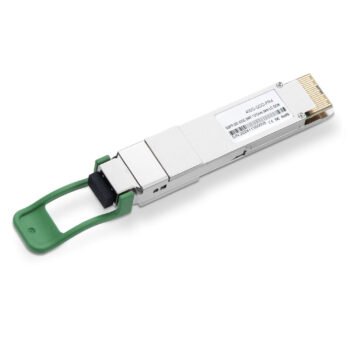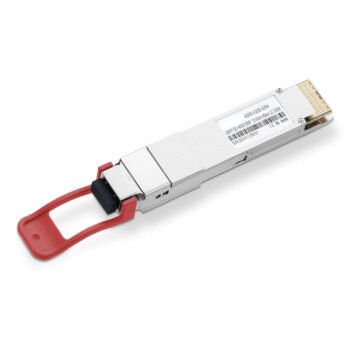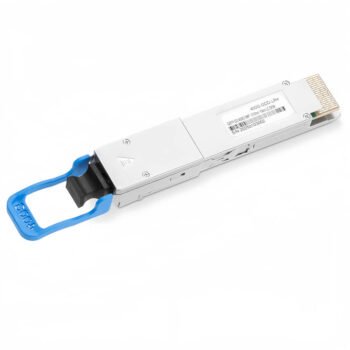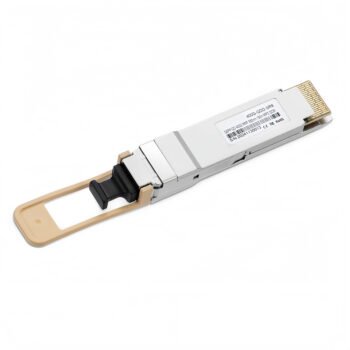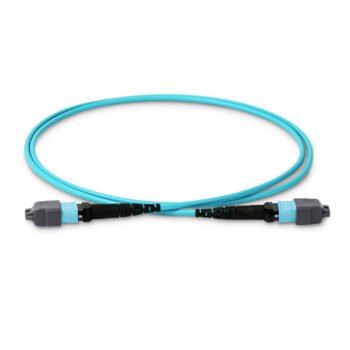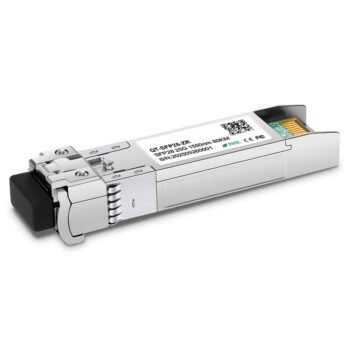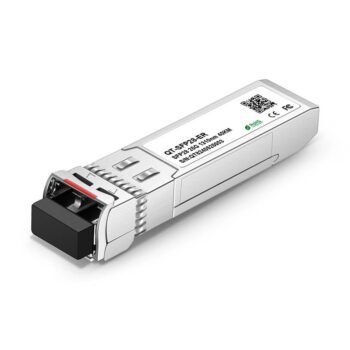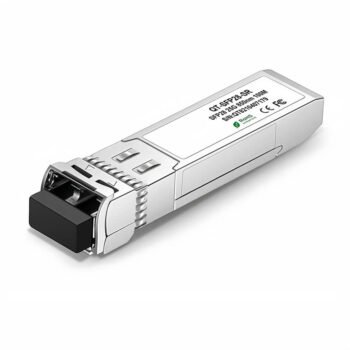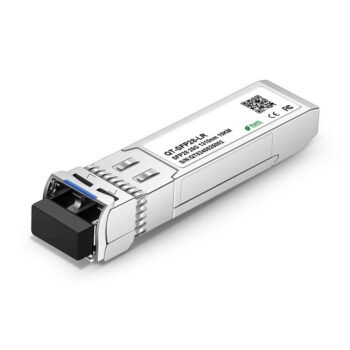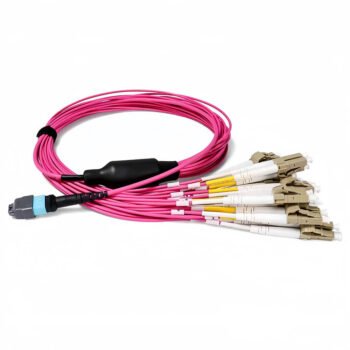How Do FTTA MPO/MTP Outdoor Waterproof Patch Cables Keep Cell Towers Live in Any Weather?
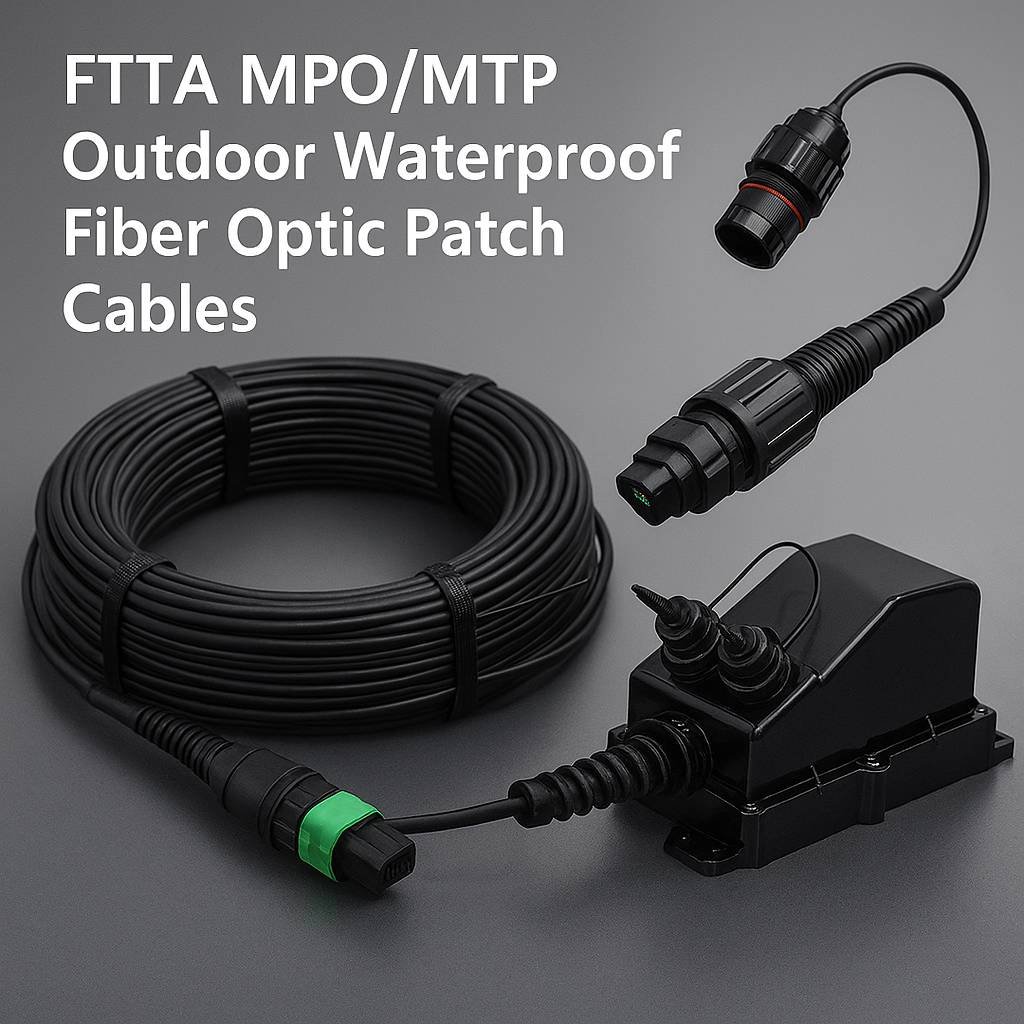
Data sites on hills and rooftops face rain, dust, and blazing sun. When a 5G sector drops, angry users notice in seconds. I once watched a storm knock out half a metro ring because water crept into a duplex LC jumper. Since switching to MPO/MTP waterproof patch cables the network has stayed green—even through typhoons.
Outdoor MPO/MTP patch cables seal to IP67 and IP68 standards. A single pull-cap keeps water out while up to 24 fibers carry CPRI traffic with < 0.35 dB loss1. The result: small cable count, fast install, zero ingress alarms.
My crew first doubted multi-fiber connectors at tower tops. Would UV kill the jacket? Would vibration loosen the latch? We put prototypes through UV ovens, salt-spray drums, and 10 m drop tests. Here is what we learned.
IP67 & IP68 Connector Ratings Explained?
Moisture is enemy number one. Wind-driven rain reaches every crevice. An IP code tells you exactly how much liquid a connector will survive.
IP67 means “dust-tight and water-tight after 30 min at 1 m depth” while IP68 survives longer or deeper immersion2. A rugged MPO housing with O-ring and bayonet nut meets these grades Waterproof MPO/MTP connector IP67 specification3.
The Anatomy of a Waterproof MPO
- Body – glass-filled PBT, resists UV and impact.
- Seal – nitrile O-ring compresses against bulkhead.
- Latch – quarter-turn bayonet, locks even with gloves.
- Dust cap – tethered, keeps ferrule clean during lift.
Rating Table
| Test | IP67 Requirement | IP68 Extended | Outdoor MPO Result |
|---|---|---|---|
| Dust | No ingress | No ingress | Pass |
| Water | 1 m / 30 min | 3 m / 24 h | Pass |
| Vibration | — | — | Pass IEC 61373 cat 1B |
| Salt Mist | — | 96 h | Pass IEC 60068-2-114 |
Field Lesson
We dunked a mated pair in a bucket for a weekend. After 48 h we OTDR-scanned and saw no reflection spike. The boot gasket works.
UV-Resistant Jackets: Materials That Survive Tower Tops
Sunlight cracks cheap PVC in months. The jacket must shrug off ultraviolet, ozone, and −40 °C nights.
Most outdoor FTTA jumpers use black polyethylene (HDPE) or thermoplastic polyurethane (TPU) blended with carbon black. Both pass 1000 h xenon-arc weathering per ISO 48925. TPU adds flex and low-temperature impact strength while PE wins on cost6.
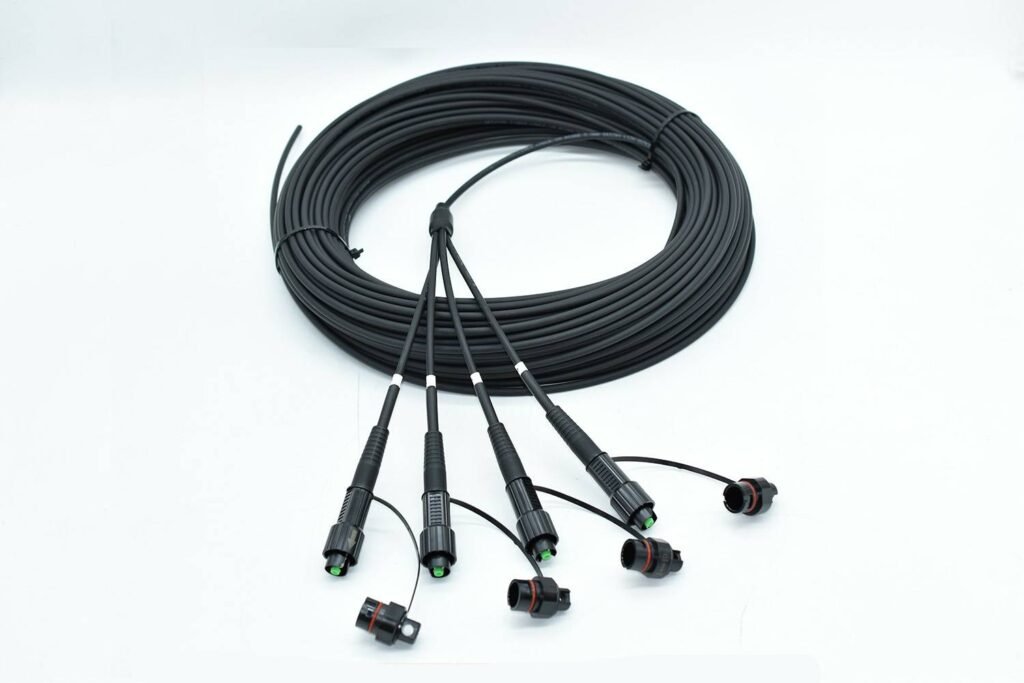
Jacket Chemistry Shoot-Out
| Property | HDPE | TPU | LSZH |
|---|---|---|---|
| UV Stability | ★★★ | ★★★★ | ★★ |
| Cold Flex (−40 °C) | Good | Excellent | Fair |
| Flame Smoke | Moderate | Moderate | Excellent |
| Price | $ | $$ | $$ |
Abrasion and Bird Peck Tests
Raptor claws shred vinyl. We dragged samples over steel grating 5 000 cycles; TPU lost 0.1 mm, HDPE 0.3 mm. Birds leave TPU alone—maybe it feels rubbery.
Why Carbon-Black Matters
A 2 % carbon load blocks nearly every UV wavelength. Without it micro-cracks form in six months. Always specify “black jacket with ≥ 2 % carbon.”
Table—Jacket Life Expectancy
| Climate | Peak UV Index | Expected Life HDPE | Expected Life TPU |
|---|---|---|---|
| Nordic | 4 | 15 y | 18 y |
| Sub-Tropical | 11 | 8 y | 12 y |
| Desert | 12+ | 6 y | 10 y |
I replace cables in Phoenix far sooner than in Oslo. Plan spares accordingly.
From RRU to BBU: FTTA Link Design with MPO/MTP
An FTTA chain starts at the base-band unit in the shelter and ends at the remote radio on the mast. Every connector adds loss and risk.
MPO trunks slash connector count. One 12-fiber jumper handles three sectors of CPRI 10 G. It plugs into the RRU bulkhead and runs down to a break-out box near the BBU. The architecture mirrors 3GPP fronthaul guidelines7.
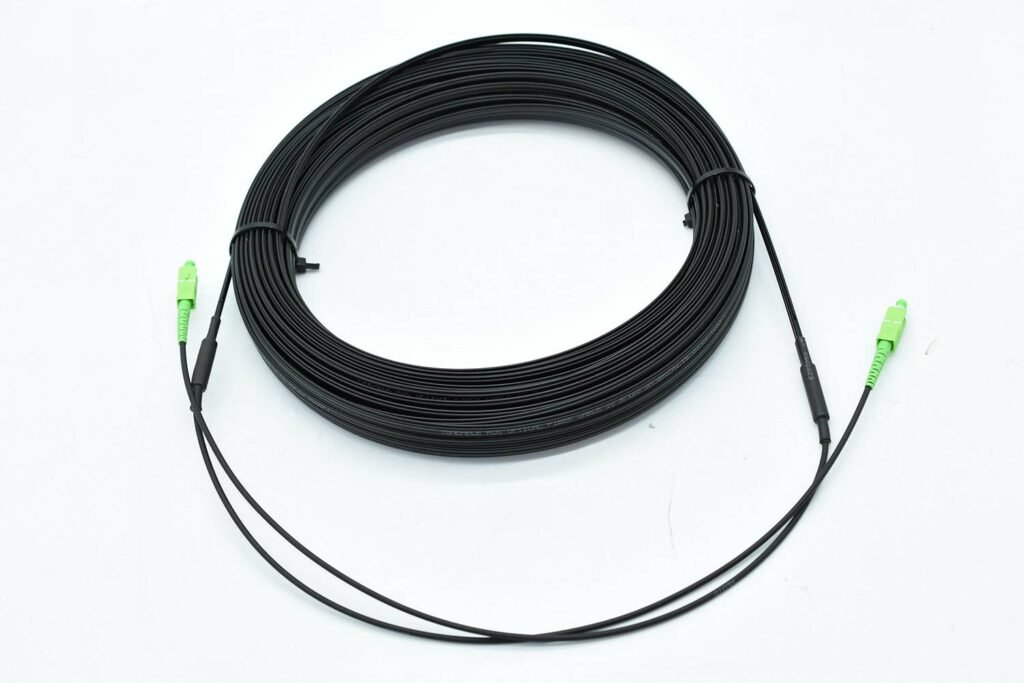
Typical Link Budget
| Segment | Count | Loss ea. (dB) | Total (dB) |
|---|---|---|---|
| MPO Bulkhead | 2 | 0.35 | 0.70 |
| Trunk 70 m | 1 | 0.20 | 0.20 |
| Fan-out LC | 3 | 0.25 | 0.75 |
| Total | — | — | 1.65 |
CPRI allows 3 dB. Plenty of headroom.
Tower Installation Workflow
- Pre-test in yard with power meter.
- Pull line up tower using swivel and sock; tensile to 450 N8.
- Mate bayonet until click.
- Torque seal nut to 1.2 N·m.
- Record QR code for asset list.
Total time per sector: 18 min instead of 45 min with duplex jumpers.
Vibration and Wind-Load
We strapped a 2 m service loop to a shaker at 20 Hz, 2 mm amplitude for 24 h. No latch creep. Wind sway up to 80 km h adds micro-bending; OM4 bend-insensitive fiber kept IL shift under 0.02 dB.
Table—RRU/BBU Fiber Allocation
| Sectors | CPRI Rate | Fibers with MPO | Fibers with LC |
|---|---|---|---|
| 3 × 2T2R | 10 G | 12 | 24 |
| 4 × 4T4R | 25 G | 24 | 48 |
| 8 × 8T8R Massive MIMO | 100 G | 48 | 96 |
Half the glass, half the wind drag.
Conclusion
Outdoor waterproof MPO/MTP patch cables turn fragile indoor jumpers into tower warriors. An IP67 bayonet keeps water out, UV-stable jackets beat the sun, and multi-fiber ferrules cut connector count by 50 %. The payoff is fewer alarms, faster climbs, and long-term link stability. If you need a full FTTA kit with test reports and pull-eyes pre-installed, email me at Candy@abptel.com and I’ll send drawings and pricing today.
-
Verifies low-loss numbers for rugged outdoor assemblies. ↩
-
Confirms what IP67 and IP68 mean so readers trust the ingress-protection discussion. ↩
-
Shows that rugged MPO/MTP connectors can meet IP67, backing the outdoor-use claim. ↩
-
Supports claims about coastal corrosion resistance. ↩
-
Proves the accelerated-aging test many suppliers use to rate UV performance. ↩
-
Gives evidence on which jacket compounds survive long UV exposure at tower tops. ↩
-
Explains the Remote Radio Unit to Base-Band link so engineers see the big picture. ↩
-
Confirms pull-strength specs for hoisting cables up a tower. ↩

